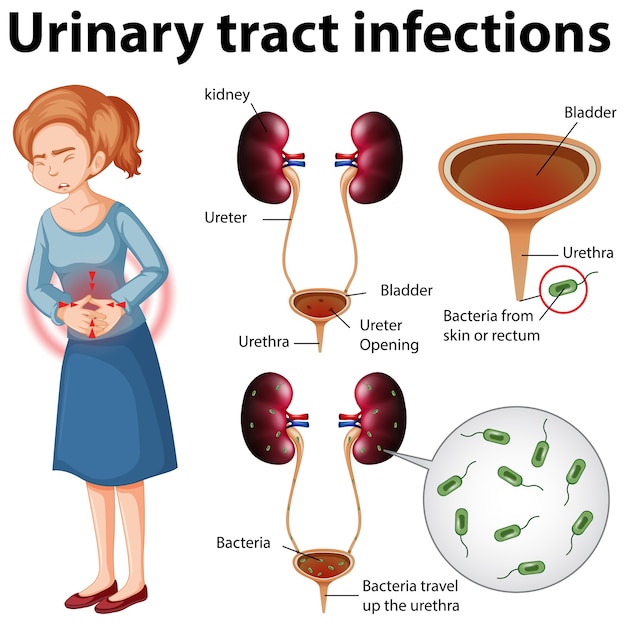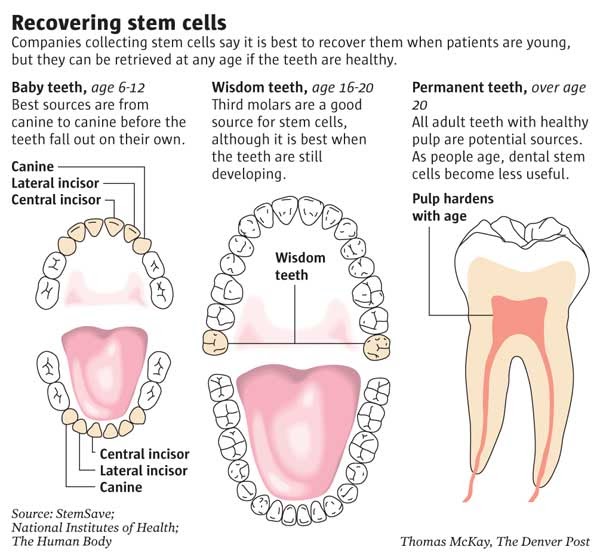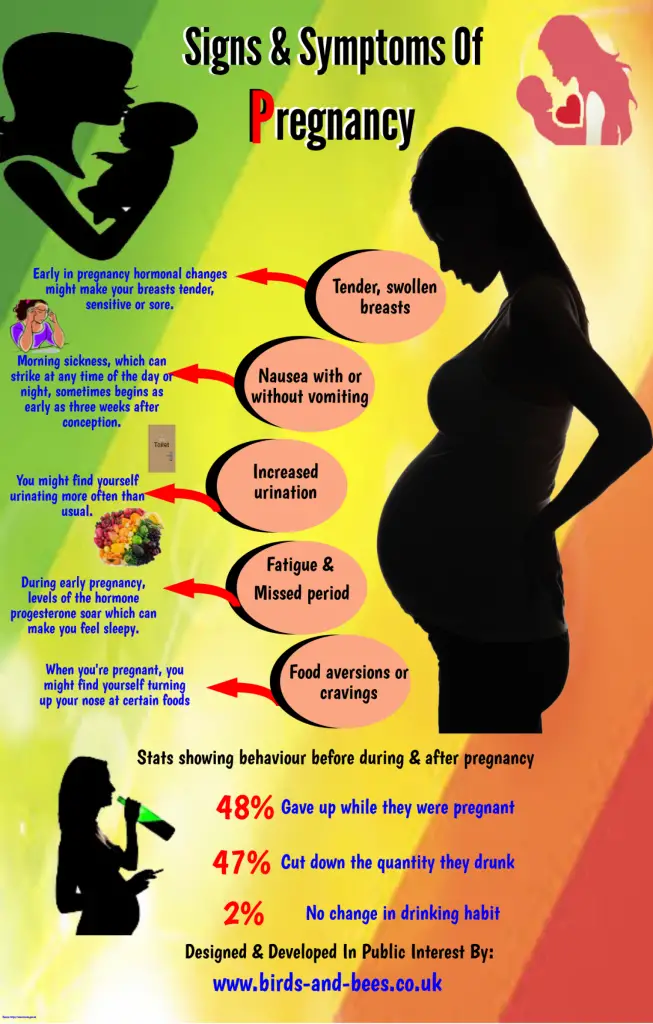Define contraction in pregnancy
Contractions and signs of labor
Learning the signs of labor before your due date can help you feel ready for your baby’s birth.
Signs of labor include strong and regular contractions, pain in your belly and lower back, a bloody mucus discharge and your water breaking.
If you think you’re in labor, call your health care provider.
Not all contractions mean you're in true labor. Learning the difference between true and false labor can help you know when it’s the real thing.
What is labor?
Labor (also called childbirth) is the process of your baby leaving the uterus (womb). You’re in labor when you have regular contractions that cause your cervix to change. Contractions are when the muscles of your uterus get tight and then relax. Contractions help push your baby out of your uterus. Your cervix is the opening to the uterus that sits at the top of the vagina. When labor starts, your cervix dilates (opens up).
As you get closer to your due date, learning the signs of labor can help you feel ready for labor and birth. If you have any signs of labor, call your health care provider.
What are the signs of labor?
You know you’re in true labor when:
- You have strong and regular contractions. A contraction is when the muscles of your uterus tighten up like a fist and then relax. Contractions help push your baby out. When you’re in true labor, your contractions last about 30 to 70 seconds and come about 5 to 10 minutes apart. They’re so strong that you can’t walk or talk during them. They get stronger and closer together over time.
- You feel pain in your belly and lower back. This pain doesn't go away when you move or change positions.
- You have an increase in vaginal discharge that can be clear, pink or slightly bloody (brownish or reddish). This is called bloody show. It can happen a few days before labor or at the beginning of labor.
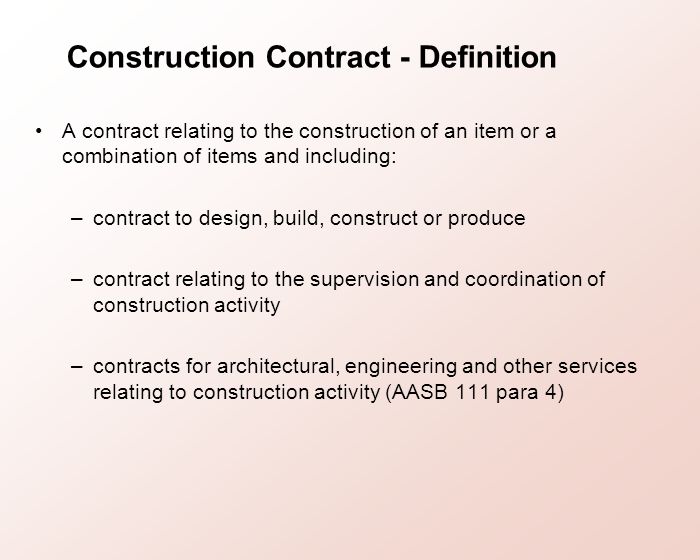 If you have bright red bleeding or if the bleeding is heavy, tell your provider right away.
If you have bright red bleeding or if the bleeding is heavy, tell your provider right away. - Your water breaks. Your baby has been growing in amniotic fluid (the bag of waters) in your uterus. When the bag of waters breaks, you may feel a big rush of water. Or you may feel just a trickle.
If you think you’re in labor, call your health care provider, no matter what time of day or night. Your provider can tell you if it’s time to head for the hospital. To see for sure that you’re in labor, your health care provider measures your cervix.
What are signs that you may be close to starting labor?
You may be close to starting labor if:
- Your baby drops or moves lower into your pelvis. This is called lightening. It means that your baby is getting ready to move into position for birth. It can happen a few weeks or even just a few hours before your labor begins.
- You have an increase in vaginal discharge that’s clear, pink or slightly bloody.
 This is called show or bloody show. It can happen a few days before labor starts or at the beginning of labor.
This is called show or bloody show. It can happen a few days before labor starts or at the beginning of labor. - At a prenatal checkup, your health care provider tells you that your cervix has begun to efface (thin) and dilate (open). Before labor, your cervix is about 3.5 to 4 centimeters long. When it’s fully dilated (open) for labor, it’s 10 centimeters. Once labor starts, contractions help open your cervix.
- You have the nesting instinct. This is when you want to get things organized in your home to get ready for your baby. You may want to do things like cook meals or get the baby’s clothes and room ready. Doing these things is fine as long as you’re careful not to overdo it. You need your energy for labor and birth.
If you have any of these signs, you may start labor soon. Learn the signs of labor so you know when to call your provider.
What are false labor and Braxton-Hicks contractions?
Not all contractions mean you’re in labor. You may have contractions on and off before true labor starts. These contractions are called false labor or Braxton-Hicks contractions. They soften and thin the cervix to help your body get ready for labor and birth. You may feel them in the weeks right before your due date. Learning the differences between true labor contractions and false labor contractions can help you know when you’re really in labor.
You may have contractions on and off before true labor starts. These contractions are called false labor or Braxton-Hicks contractions. They soften and thin the cervix to help your body get ready for labor and birth. You may feel them in the weeks right before your due date. Learning the differences between true labor contractions and false labor contractions can help you know when you’re really in labor.
It can be hard to tell the difference between true labor and false labor. When you first feel contractions, time them. Write down how much time it takes from the start of one contraction to the start of the next. Make a note of how strong the contractions feel. Keep a record of your contractions for 1 hour. Walk or move around to see if the contractions stop when you change positions.
What is preterm labor?
Preterm labor is labor that begins too early, before 37 weeks of pregnancy. Premature babies (born before 37 weeks of pregnancy) can have health problems at birth and later in life.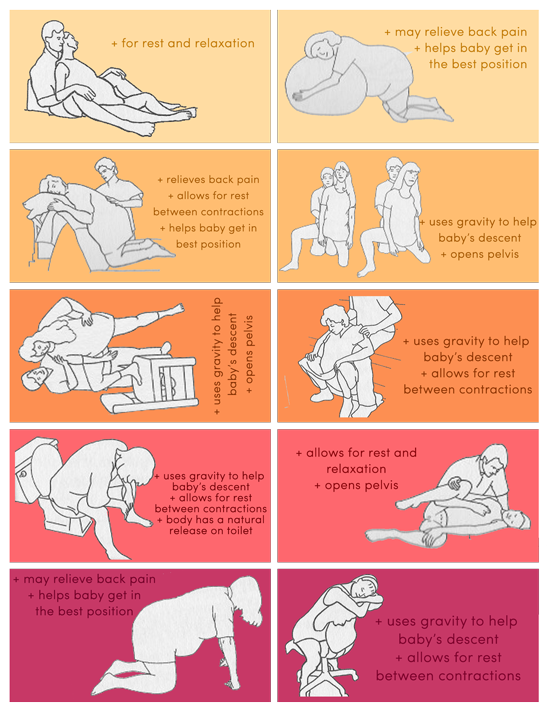 If you’re not to 37 weeks of pregnancy and you have signs or symptoms of preterm labor, call your provider. Getting help quickly is the best thing you can do. Learn about risk factors for preterm labor and what you can do to help reduce your risk.
If you’re not to 37 weeks of pregnancy and you have signs or symptoms of preterm labor, call your provider. Getting help quickly is the best thing you can do. Learn about risk factors for preterm labor and what you can do to help reduce your risk.
What are stages of labor?
Stages of labor include the whole process of labor, from your first contractions (stage 1) to pushing (stage 2) to delivery of the placenta (stage 3) after your baby is born. Learning about the stages of labor can help you know what to expect during labor and birth.
Last reviewed: December, 2018
Here's What You Need to Know
Written by Stephanie Watson
In this Article
- Why Do You Get Them?
- What Do They Feel Like?
- Braxton Hicks Contractions
- How to Know You're in Labor
- When to Call Your Doctor
Once you reach week 37 of your pregnancy, it becomes a waiting game until delivery. When you feel those first contractions, you'll know it's "go" time . .. or maybe not.
.. or maybe not.
Your baby might trick you before the main event with a few practice contractions. You'll think it's time, only to have your doctor tell you that you're not ready to deliver yet.
If you learn what contractions feel like and how to tell the real ones from the fakes, you'll keep yourself from heading to the hospital before it's time.
Why Do You Get Them?
During labor, you push your baby out of your womb (uterus) and into the world. Contractions help you do that.
During each contraction, the muscles in your uterus tighten and then release. This muscle-flexing softens and widens (dilates) the opening to your uterus, called the cervix. It also pushes your baby down and out of the uterus. As your cervix opens, your baby moves into the birth canal and into position for delivery.
What Do They Feel Like?
Contractions feel like a tightening or pressure in your belly that lasts for 30 to 70 seconds. Labor is different for every woman. Contractions can range from crampy, like a bad period or severe diarrhea cramps, to intensely painful.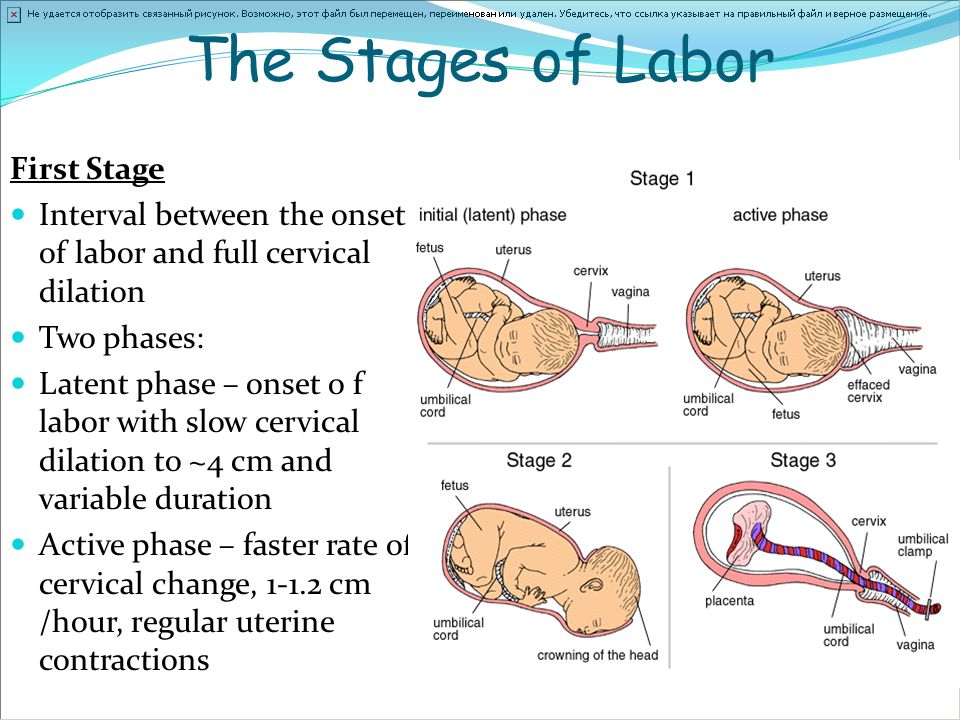 Some women also feel an ache or pain in their back.
Some women also feel an ache or pain in their back.
As labor progresses, contractions get more intense and painful. You may not be able to talk during them.
Braxton Hicks Contractions
Many pregnant women feel contractions and think they're going into labor, but it turns out to be a false alarm. Braxton Hicks contractions got their name from the English doctor who first described them in the 1800s. They're like a practice run to soften and thin your cervix and prepare your body for labor.
Although you can have fake contractions at any time during your pregnancy, they're more common in your last trimester, which adds to the confusion. Braxton Hicks contractions can feel so much like the real thing that you think you're in labor.
How to Know You're in Labor
Braxton Hicks contractions are similar to real ones in a lot of ways, but there are differences.
Real contractions come at regular intervals and get closer together and more intense as time passes.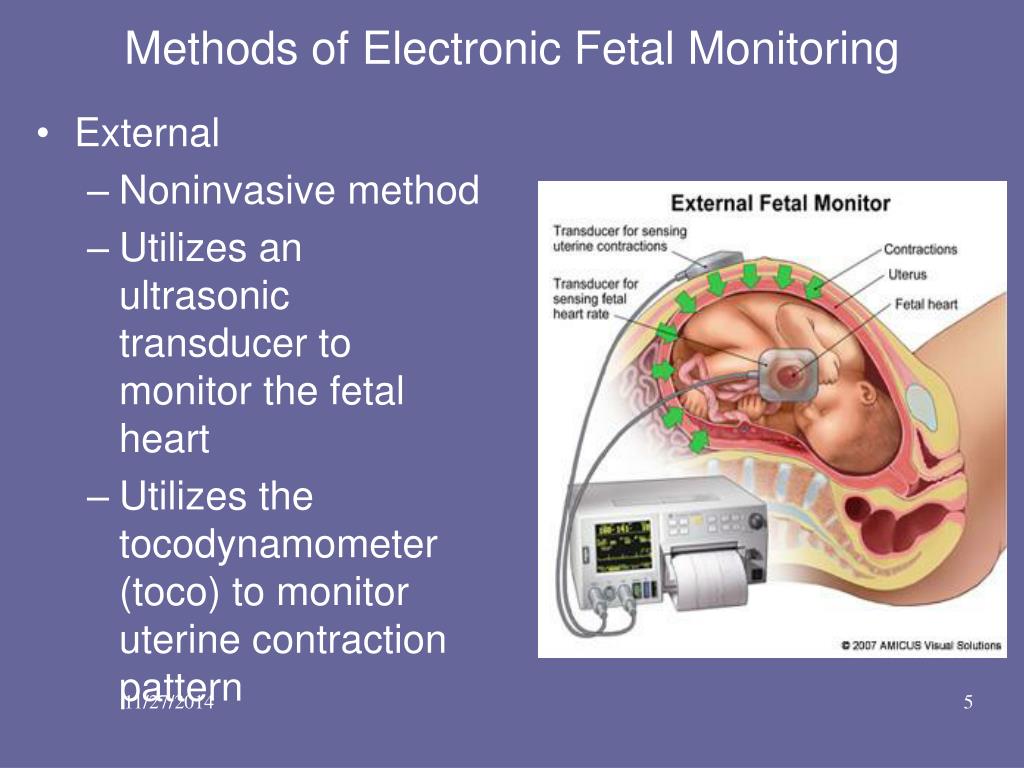 At first, you may have contractions once every 10 minutes, then once every 5 minutes, and so on. Braxton Hicks contractions don't have any set pattern. They come and go at random.
At first, you may have contractions once every 10 minutes, then once every 5 minutes, and so on. Braxton Hicks contractions don't have any set pattern. They come and go at random.
False contractions don't get more intense. Real ones gradually increase in strength.
Usually you'll feel Braxton Hicks contractions in one area of your belly. When you get up and walk, change position, or lay down and rest, they'll go away. True labor pains can spread throughout your belly, as well as to your lower back. And they won't stop, no matter what you do.
Other signs that you're in real labor include:
- Pressure in your lower belly
- Brown or reddish discharge from your vagina, called bloody show
- A trickle or rush of water from your vagina
If you're not sure which type of contractions you're having, time them and note whether they get closer together. Change position, rest, and see if they stop. Or drink a glass of water. Dehydration can trigger Braxton Hicks contractions.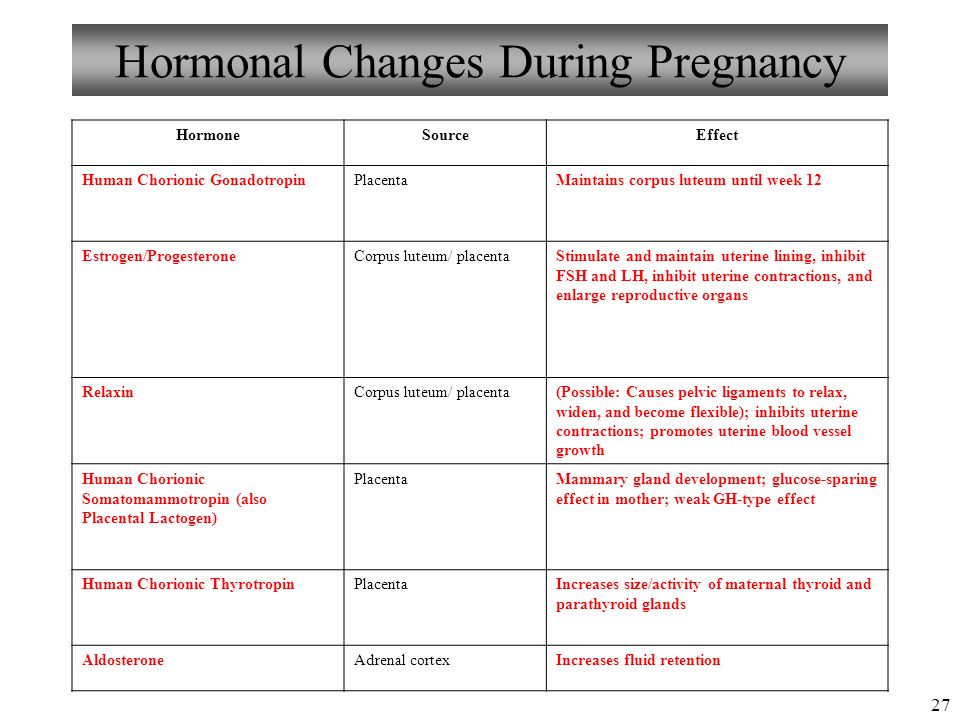
When to Call Your Doctor
Talk to your doctor before you have contractions so you know what to expect. Ask about the signs of labor and the difference between real contractions and Braxton Hicks.
Call your doctor if you think you're in labor. Even if you're wrong, it's better to be on the safe side.
One way to tell whether you're in labor is to look for the 5-1-1 pattern. True labor contractions will come once every 5 minutes, last for at least 1 minute, and keep going for at least 1 hour.
Call your doctor right away or go into the office if you have any of these signs:
- Bleeding from your vagina
- Leaking of fluid -- a sign that your water has broken
- A change in your baby's movements, fewer than 10 movements in 2 hours
- Regular contractions before your 37th week of your pregnancy
How to distinguish real contractions from training ones?
Shemyakina Natalya Nikolaevna, head of the obstetric department of the Leleka maternity hospital will help you figure it out.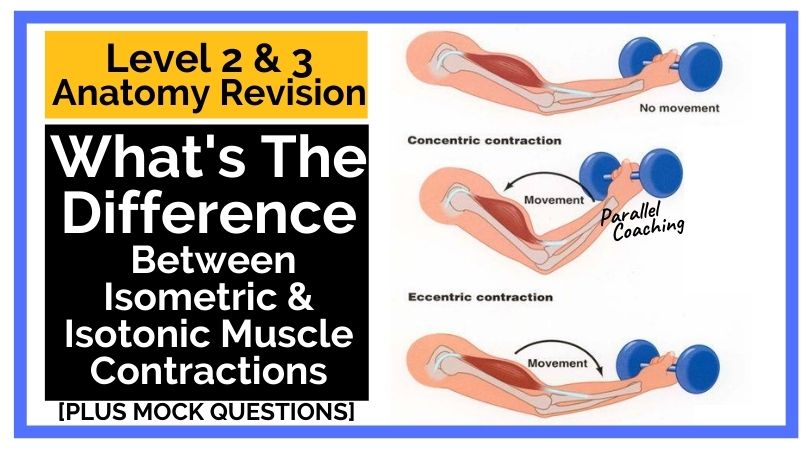
Training contractions, or as they are also called, fake, or Braxton-Hicks contractions, are irregular contractions that do not have increasing intensity. The uterus may tone up, but normally, it should pass quickly.
For example, the tone appeared once in half an hour and the uterus relaxed rather quickly. Then the tone reappeared only after two hours and again passed. These are training contractions, they do not increase in intensity and do not become more frequent.
Training bouts are physiologically provided by our body. So the uterus is preparing to do the hard work in the process of childbirth. Normally, training contractions appear in terms of pregnancy close to childbirth - from the 37th week of pregnancy.
The appearance of training contractions in the early stages of pregnancy is not the norm
The uterus can tone up with an active lifestyle, physical activity, with a change in body position, but this tone should quickly pass. Normally, the uterus should not often come into tone. And even more so, contractions, as such, should not be until the 37th week of pregnancy.
And even more so, contractions, as such, should not be until the 37th week of pregnancy.
Braxton Hicks contractions in the early stages are a threat of preterm labor. If a woman has contractions periodically during the day: after an hour, after 2, then again after an hour, (even if they are not regular), for periods up to 37 weeks, such a tone should alert the expectant mother.
Because this is not the norm, but the threat of premature birth. This is an occasion to contact a specialist and change your rhythm of life, put on a bandage. The causes of premature birth are most often internal, caused by hormonal disorders and a violation of the physical health of a woman. But significant physical activity and stress can also cause premature birth.
Labor pains
Unlike training contractions, labor pains are regular. The uterus comes to tone first once every 15 minutes, and after a while - once every 7-10 minutes. Contractions gradually become more frequent, longer and stronger. And already occur every 5 minutes, then 3 and finally every 2 minutes.
And already occur every 5 minutes, then 3 and finally every 2 minutes.
True labor pains are contractions every 2 minutes, 40 seconds. If within an hour or two the contractions intensify - pains that begin in the lower abdomen or in the lower back and spread to the stomach - most likely, these are real labor pains.
Training contractions are NOT so much painful as unusual for a woman. When the expectant mother sees how the stomach comes into tone, its shape changes and it becomes dense, like an inflated ball. This might scare you a little. But a woman must understand that in real, labor pains, there must be a clear periodicity, intensification and acceleration over a certain period of time. Real fights never stop, but practice fights do. The uterus then comes to tone, then relaxes.
Often women confuse contractions with tone, which is caused by other physiological processes in the body. For example, increased intestinal peristalsis, intestinal infections, colic, etc.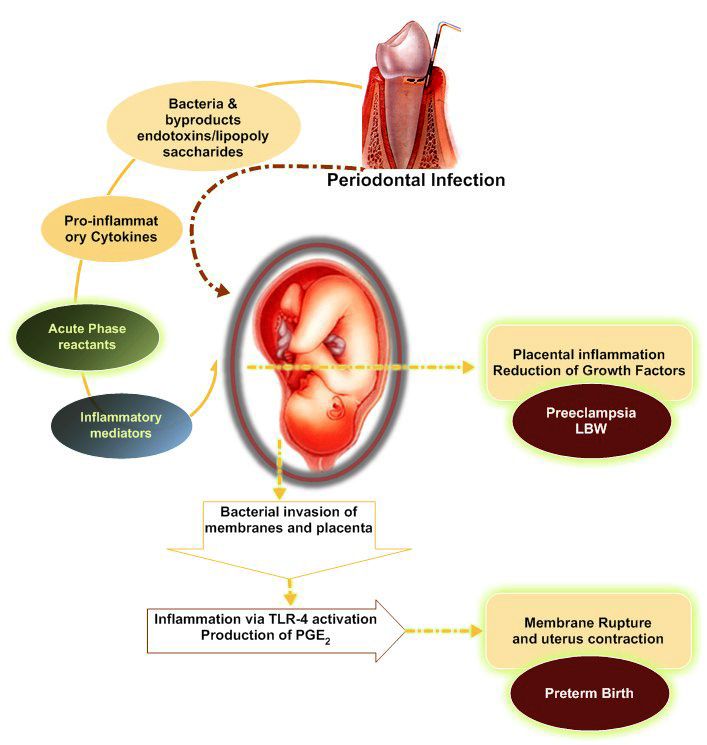
What else should alert a woman?! If within an hour or two the uterus periodically comes into tone and mucous, bloody (streaked with blood or brown) discharge appears, then most likely there are structural changes in the cervix - it opens. Also an important sign to seek help is the discharge of the mucous plug long before childbirth. Her departure in terms of childbirth, a week or two before childbirth is normal.
Tracking labor pains
There are several methods for determining the types of contractions. A woman can do this herself, writing down the frequency and duration of contractions on paper or tracking them using special programs for a computer and phone. Or you can contact a doctor at antenatal clinic or at the maternity hospital, where a specialist will conduct fetal monitoring (fetal CTG). With the help of 2 sensors, the fetal heartbeat, uterine contractions are monitored and it is determined whether these are training contractions or labor.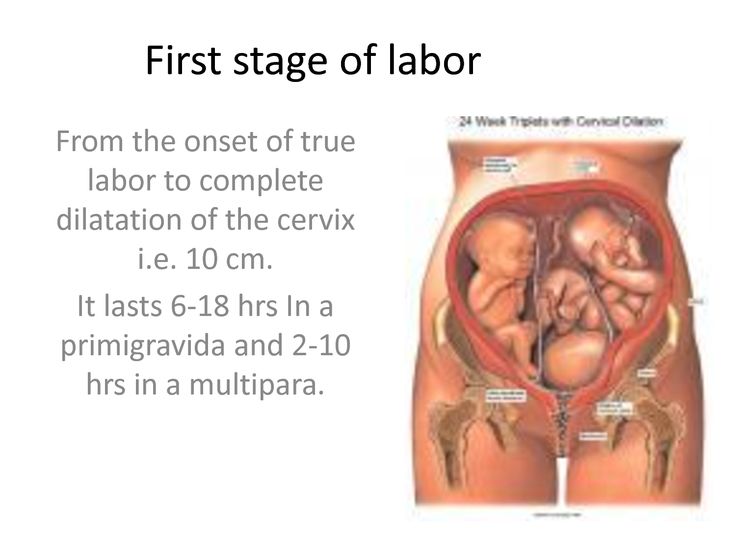
When should I go to the maternity hospital?
If within an hour or two there is an increase and intensification of pain, its intensity increases, the frequency of contractions is clear and regular, you can go to the maternity hospital. A woman can make a mistake, but it’s better to come and make sure for sure whether these are labor or training contractions.
If the amniotic fluid breaks, you can slowly pack up and go to the maternity hospital. Since, normally, after this labor activity should begin.
The main thing is that a woman should not panic. The latent phase of labor can last 8-10 hours until the cervix is fully dilated. Labor activity does not proceed in 30 seconds. In the process of labor, the cervix of the uterus in women giving birth for the first time opens about 1 cm in an hour. She needs to open up to 10 cm, that is, a woman has about 10:00 by the time the baby is born.
Happy pregnancy and childbirth!
Harbingers - childbirth is coming soon!
Wrestler Maria Vladimirovna
Obstetrician-gynecologist
MD GROUP Clinical Hospital, Mother and Child Clinic Savelovskaya
False contractions
They may appear after the 38th week of pregnancy. False contractions are similar to Braxton-Hicks contractions, which a woman could already feel starting from the second trimester of pregnancy (the uterus seems to stiffen for a few seconds - a couple of minutes, then the tension in it subsides). False contractions train the uterus before childbirth, they are irregular and painless, the intervals between them are not reduced. Real labor pains, on the contrary, are regular, their strength gradually increases, they become longer and more painful, and the intervals between them are reduced. That's when you can already say that the birth began for real. In the meantime, false contractions are going on, it is not necessary to go to the maternity hospital - you can easily survive them at home.
False contractions are similar to Braxton-Hicks contractions, which a woman could already feel starting from the second trimester of pregnancy (the uterus seems to stiffen for a few seconds - a couple of minutes, then the tension in it subsides). False contractions train the uterus before childbirth, they are irregular and painless, the intervals between them are not reduced. Real labor pains, on the contrary, are regular, their strength gradually increases, they become longer and more painful, and the intervals between them are reduced. That's when you can already say that the birth began for real. In the meantime, false contractions are going on, it is not necessary to go to the maternity hospital - you can easily survive them at home.
Abdominal prolapse
Approximately two to three weeks before birth, the baby, in preparation for birth, presses the presenting part (usually the head) against the lower part of the uterus and pulls it down. As a result, the uterus moves lower into the pelvic region, its upper part ceases to put pressure on the internal organs of the chest and abdominal cavity. In the people it is called - the stomach dropped. As soon as the stomach drops, the expectant mother notices that it has become easier for her to breathe, but, on the contrary, it becomes more difficult to sit and walk. Heartburn and belching also disappear (after all, the uterus no longer presses on the diaphragm and stomach). But, having dropped down, the uterus begins to put pressure on the bladder - naturally, urination becomes more frequent.
In the people it is called - the stomach dropped. As soon as the stomach drops, the expectant mother notices that it has become easier for her to breathe, but, on the contrary, it becomes more difficult to sit and walk. Heartburn and belching also disappear (after all, the uterus no longer presses on the diaphragm and stomach). But, having dropped down, the uterus begins to put pressure on the bladder - naturally, urination becomes more frequent.
For some, uterine prolapse causes a feeling of heaviness in the lower abdomen and even slight pain in the area of the inguinal ligaments. These sensations arise due to the fact that the child's head, moving down, irritates the nerve endings of the pelvic organs.
During the second and subsequent births, the belly drops later - just before the birth. It happens that this harbinger of childbirth is not at all.
Removal of the mucous plug
This is one of the main and obvious harbingers of childbirth. During pregnancy, the glands in the cervix produce a secret (it looks like a thick jelly and forms the so-called cork), which prevents various microorganisms from entering the uterine cavity. Before childbirth, under the influence of estrogens, the cervix softens, the cervical canal opens slightly and the cork can come out - the woman will see that there are mucus clots on the linen that look like jelly. Cork can be of different colors - white, transparent, yellowish-brown or pink-red. Often it is stained with blood - this is completely normal and may indicate that childbirth will occur within the next day. The mucus plug can come out all at once (at once) or come out piecemeal throughout the day.
Before childbirth, under the influence of estrogens, the cervix softens, the cervical canal opens slightly and the cork can come out - the woman will see that there are mucus clots on the linen that look like jelly. Cork can be of different colors - white, transparent, yellowish-brown or pink-red. Often it is stained with blood - this is completely normal and may indicate that childbirth will occur within the next day. The mucus plug can come out all at once (at once) or come out piecemeal throughout the day.
Weight loss
Approximately two weeks before delivery, weight loss may occur, usually by 0.5–2 kg. This happens because excess fluid is removed from the body and swelling decreases. If earlier during pregnancy, under the influence of the hormone progesterone, fluid in the body of a pregnant woman accumulated, now, before childbirth, the effect of progesterone decreases, but other female sex hormones - estrogens - begin to work hard, they remove excess fluid from the body of the expectant mother.
In addition, the expectant mother often notices that at the end of pregnancy it became easier for her to put on rings, gloves, shoes - this means that swelling on the hands and feet has decreased.
Change of stool
Right before childbirth, hormones often act on the intestines - they relax its muscles, as a result, stool disorder begins. Sometimes such frequent (up to 2-3 times a day) and even loose stools are mistaken for an intestinal infection. But if there is no nausea, vomiting, discoloration and smell of feces, or any other symptoms of intoxication, you should not worry: this is one of the harbingers of the upcoming birth.
And on the eve of childbirth, you often don't feel like eating at all. All this is also the preparation of the body for natural childbirth.
Mood changes
Many women experience mood changes a few days before giving birth. The expectant mother gets tired quickly, she wants to have more rest, sleep, even some kind of apathy appears.


